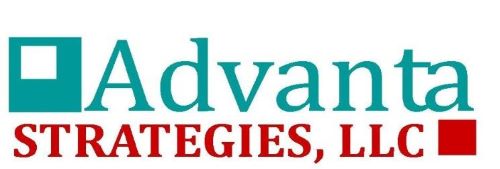EAT THAT FROG
1.Pomodoro Technique:
The Pomodoro Technique involves breaking your work into intervals, typically 25 minutes each, separated by short breaks. After completing four intervals, you take a longer break. This technique helps improve focus and productivity by encouraging you to work in short, concentrated bursts while allowing for regular breaks to rest and recharge.
2. Eisenhower Matrix:
The Eisenhower Matrix, also known as the Urgent-Important Matrix, categorizes tasks based on their urgency and importance. Tasks are divided into four quadrants:
– Urgent and Important
– Important but Not Urgent
– Urgent but Not Important
– Neither Urgent nor Important
This technique helps prioritize tasks effectively, ensuring that important tasks are not overshadowed by urgent but less important ones.
3. Time Blocking:
Time blocking involves scheduling specific blocks of time for different tasks or activities throughout your day. By allocating dedicated time slots for different activities, such as work, exercise, meetings, and personal tasks, you can better manage your time and ensure that each task receives sufficient attention. It helps minimize distractions and allows for better focus on one task at a time.
4. Getting Things Done (GTD) Method:
The Getting Things Done method, developed by David Allen, focuses on capturing all tasks and ideas into a trusted system, processing them, and taking action based on priority. The key principles include collecting all tasks and ideas into a single inbox, clarifying what each task entails, organizing tasks into categories or projects, reviewing them regularly, and taking action based on priority and context. This method helps reduce mental clutter and enables better decision-making about how to allocate time and energy.
5. Eat That Frog:
The Eat That Frog technique, coined by Brian Tracy, encourages tackling the most challenging or important task of the day first thing in the morning. By prioritizing and completing this task early, you build momentum and motivation for the rest of the day. It helps prevent procrastination and ensures that critical tasks are addressed promptly, leading to increased productivity and a sense of accomplishment.
Implementing these time management techniques can significantly improve productivity, reduce stress, and enhance overall effectiveness in managing your time and tasks.
Fear is a Signal
Fear is a signal - not a stop sign Even the most polished designer has felt that familiar flutter before stepping on stage or into a client presentation. Your palms sweat, your voice trembles, and your perfectly crafted ideas suddenly feel tangled. But...
Grammar Matters
In a world where your words represent your brand, grammar isn’t just about correctness it’s about credibility. You can have the best ideas in the room, but if your sentences stumble, people stop listening. When you speak (or write) with precision, you project professionalism, confidence, and attention to detail qualities every successful designer and business owner needs.
Think Fast, Speak Smart
When someone tosses a tough question your way, your brain might go blank before your mouth opens. That’s normal—but it’s not permanent. The trick is to pause with purpose, not panic. The repeat-pause-answer method lets you buy time...
Social Savvy
Elegant events aren’t just about the wine and the lighting they’re where lasting professional connections begin. With confidence, curiosity, and a graceful goodbye, you can turn any gala or awards night into an opportunity for genuine rapport.
Sweat Palms
Swap sweaty palms for confident handshakes.
Tell Me More
A few months ago, I watched a young designer at a networking event nervously circle the coffee station. She rehearsed “So, what do you do?” at least four times before finally approaching a woman from a major firm. Five minutes later, they were laughing...




